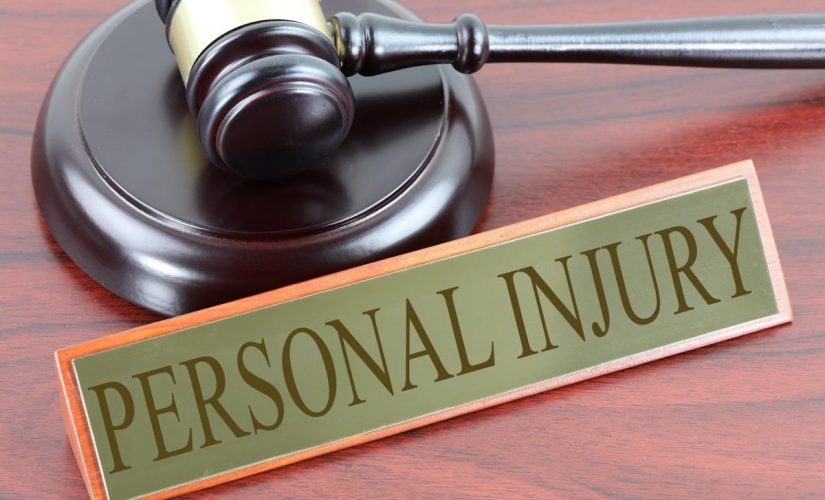Understanding Menstrual Irregularities and Injuries

Menstrual irregularities and injuries are common issues that affect many women worldwide. These conditions can significantly impact a woman’s quality of life, causing physical discomfort, emotional distress, and even leading to serious health complications. This article aims to provide a comprehensive understanding of menstrual irregularities and injuries, their causes, symptoms, and potential treatment options.
What are Menstrual Irregularities?
Menstrual irregularities refer to any abnormality in the menstrual cycle. This could include changes in the frequency, duration, or heaviness of periods. Some common types of menstrual irregularities include amenorrhea (absence of menstruation), dysmenorrhea (painful menstruation), menorrhagia (heavy or prolonged menstruation), and oligomenorrhea (infrequent menstruation).
Causes of Menstrual Irregularities
Menstrual irregularities can be caused by a variety of factors, including:
- Hormonal imbalances: Conditions such as polycystic ovary syndrome (PCOS) and thyroid disorders can disrupt the hormonal balance, leading to irregular periods.
- Stress and lifestyle factors: High levels of stress, poor diet, excessive exercise, and certain medications can also affect the menstrual cycle.
- Structural abnormalities: Uterine fibroids, polyps, or adhesions can cause heavy or prolonged periods.
Menstrual Injuries
While less common than irregularities, menstrual injuries can occur and cause significant discomfort. These can include injuries to the vagina or cervix caused by improper use of tampons or menstrual cups, or injuries to the uterus caused by intrauterine devices (IUDs).
Diagnosis and Treatment
Diagnosis of menstrual irregularities and injuries typically involves a physical examination, medical history, and possibly further tests such as blood tests or ultrasound scans. Treatment will depend on the underlying cause and may include hormonal therapy, lifestyle changes, or surgery in some cases.
Prevention and Management
While not all menstrual irregularities and injuries can be prevented, there are steps women can take to manage their symptoms and reduce their risk:
- Maintain a healthy lifestyle: Regular exercise, a balanced diet, and stress management can help regulate the menstrual cycle.
- Use menstrual products correctly: Following the instructions for tampons, menstrual cups, and IUDs can help prevent injuries.
- Regular check-ups: Regular gynecological check-ups can help detect any abnormalities early and ensure appropriate treatment.
Conclusion
Menstrual irregularities and injuries can have a significant impact on a woman’s life, but understanding these conditions and their causes can help women take control of their health. With the right diagnosis and treatment, these conditions can be managed effectively, improving quality of life and reducing the risk of serious complications.
Meta Keywords: Menstrual Irregularities, Menstrual Injuries, Menstrual Cycle, Women’s Health, Hormonal Imbalances, Stress, Lifestyle Factors, Structural Abnormalities, Diagnosis, Treatment, Prevention, Management
Note: As an AI, I’m unable to generate images. Please consider using an image of a calendar or a woman holding her abdomen to reflect the subject matter.







